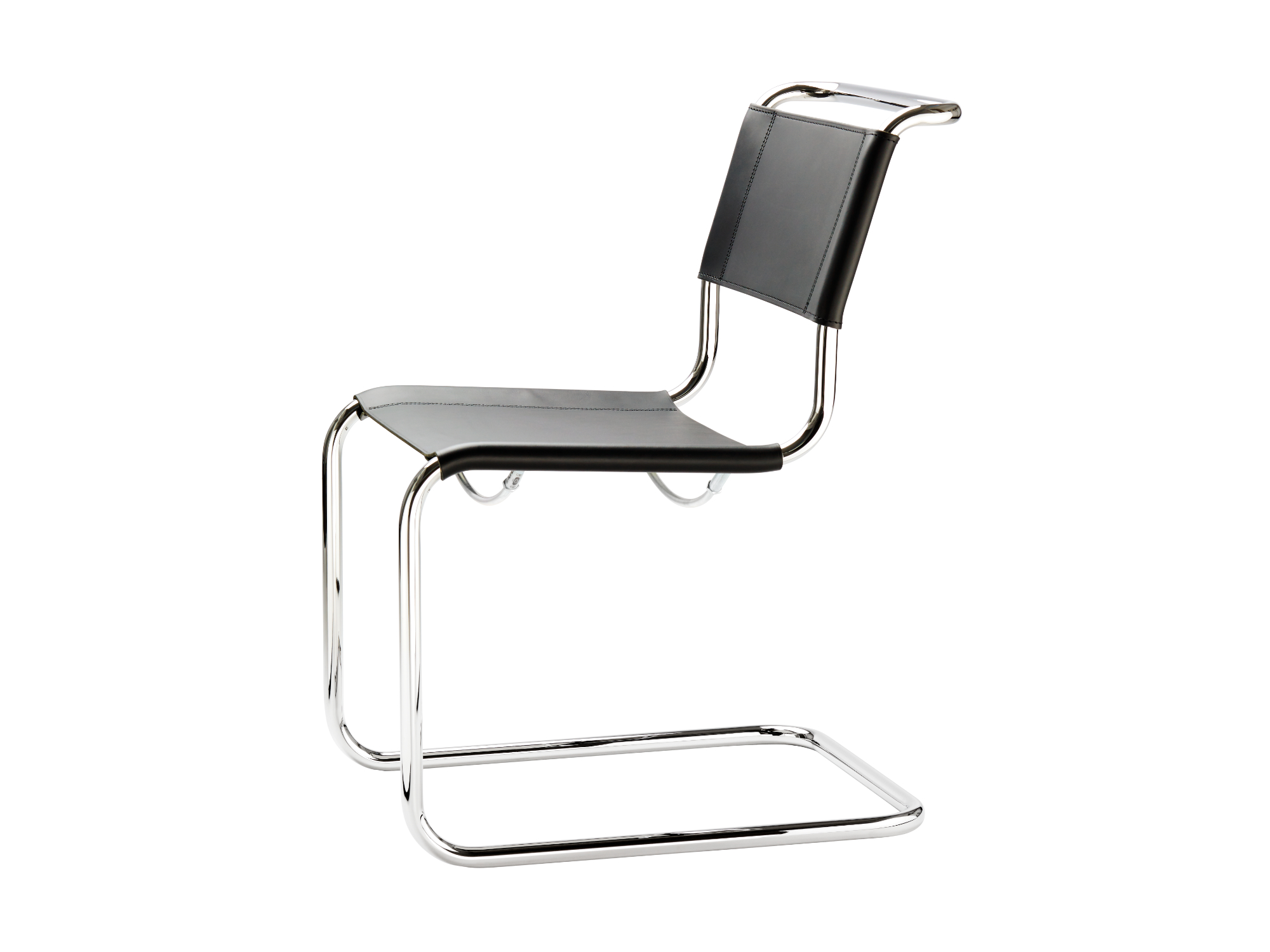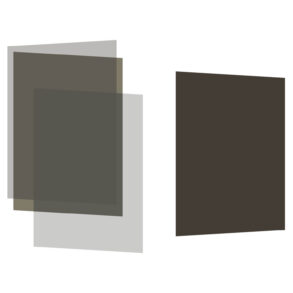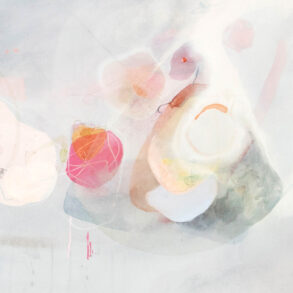Upon his death in 1986, an extraordinary gift was made by an extraordinary personality: Mart Stam gave the Goetheanum the rights to the Thonet Freischwinger S33, the world-famous chair that is still produced by Thonet, an old German family business.
In the last few decades, patent money from the Thonet Freischwinger chair has flowed to the Goetheanum in the millions. The Dutch architect Mart Stam made this happen, and to this day no one knows exactly why he did it or what connection he had with anthroposophy and the Goetheanum.
In 2026, it will be one hundred years since Stam, at the age of 27, designed the Freischwinger (“free swinger” or cantilever) chair for his pregnant wife Leni. The new chair was designed to “swing freely” and support Leni Stam during her pregnancy. At the same time, this design was typical of “New Building” (also called “New Objectivity”)—an attempt to define modernism and constructivism. The chair also had social and environmental qualities. It became iconic and world famous, while Mart Stam, himself, did not become well known as an architect, nor did he go down in history as a stand-out personality.
As we approach the Goetheanum World Conference, we at the Goetheanum want to honor and acknowledge Stam’s gift with a new initiative, and at the same time to give attention to our enigmatic connection to Mart Stam. This initiative is also a kind of portrait of the anthroposophical world movement.
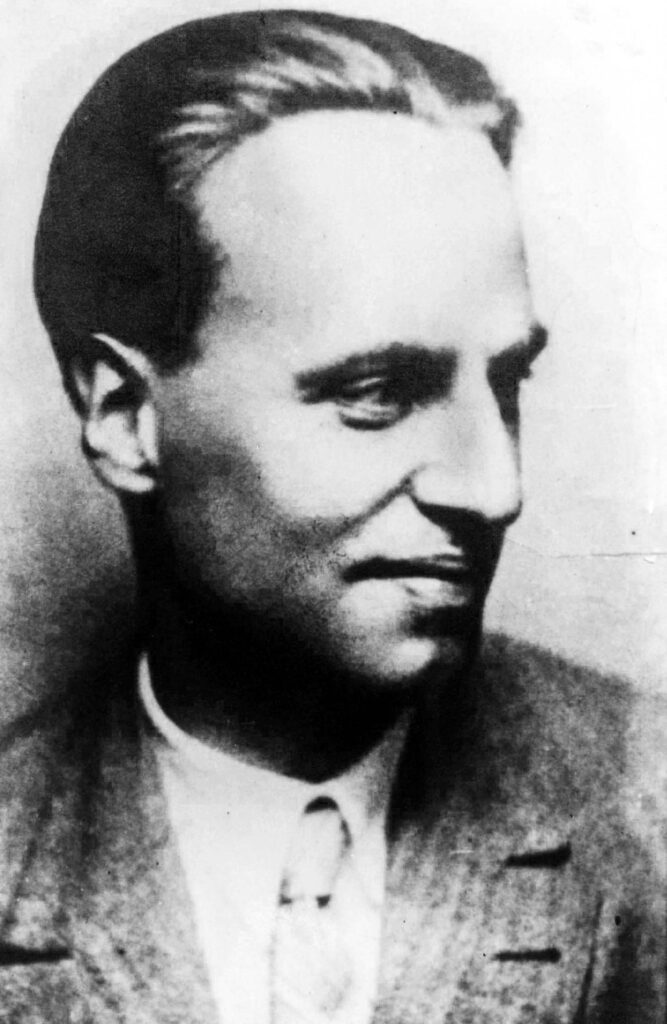
Mart Stam was born on August 5, 1899 in Purmerend, the Netherlands and died on February 21, 1986, in Goldach, Switzerland after an eventful life, 20 years of which he spent in Switzerland in relative isolation. He moved in social circles that included such personalities as architects Le Corbusier, Mies van der Rohe, and Gropius, influencing and being influenced by them and their work. In the fall of 1923, Mart (then 24 years old) and his wife Leni moved to Zürich, where Stam apprenticed with architect Werner Moser before traveling on to Thun to continue his education with Arnold Itten. Together with friends and colleagues, Stam founded the avant-garde architectural magazine ABC: Beiträge zum Bauen (Contributions to Building), which lasted for five years and challenged the architectural status quo in Switzerland and across the world. Stam taught at the Bauhaus and other institutions, worked for the Soviet Union, and helped to rebuild the Netherlands after World War II. During this time, his sense for a green, social, minimalist building style was already evident. Stam’s retirement brought him and his then-partner back to Switzerland, where they initially lived anonymously, in isolation in a house of their own design on Lake Maggiore (near Italy) before moving around to many other places in Switzerland. (It is suspected that Stam and his wife suffered from some kind of paranoia and fear of persecution.) After his death in 1986, the General Anthroposophical Society in Dornach received an inheritance, completely unexpectedly and without further explanation: the patent and copyright of the Freischwinger.
How a Chair Supports the Future
For the Goetheanum World Conference, a new collaboration will bring attention to this silent and mysterious gift and perhaps help to bring awareness to Stam’s motives and connections to anthroposophy and the Goetheanum. The idea arose to create a special edition of the famous S33 Freischwinger as a way to make the world movement visible through one simple, everyday object. One hundred Freischwinger chairs will be produced through a collaboration between artist Claudy Jongstra from the Netherlands, gardeners Rob and Katrin Bürklin from the Goetheanum Garden, Konstanze Abouleisch from Sekem, Thonet as manufacturer, the Iona Stichting from Amsterdam as co-initiator, Demeter, and the Goetheanum.
One part of the chair will be upholstered with yellow-dyed Demeter wool from the Netherlands (the usual leather for the seat and back will be replaced by the wool.) Another part will be upholstered with Demeter cotton from Sekem in Egypt and dyed blue with woad from the Goetheanum gardens. The steel frame will be made in Germany at the Thonet workshop. The Sekem cotton will be dyed blue in a working group at the Goetheanum World Conference in September and then mounted on the chairs in the Thonet workshop along with the yellow wool. Demeter is currently working on an official certification for plant dyes to be used in the textile industry and elsewhere. This will be one of the first products to use biodynamic textiles and biodynamic plant dyes in this kind of manufacturing process.
With this endeavor to portray the anthroposophical movement in its practical dimension, we not only weave biodynamic textiles from the Netherlands and Egypt, and plant dyes from Dornach all into one product, but we also bring the past and the future together in a single object. An everyday commodity will carry forward a narrative of respect for the earth and the human being. Our wish is to send these chairs on a journey to tell this story further and thus make the potential of working out of anthroposophy more visible. Yes, even all the way down to what we are sitting on! But above all, the hundred chairs will find a new home with anyone who want one, and those who themselves want to carry this story further. The sale of the chairs will begin during the World Conference, but you can pre-order one now. (See end of article.)
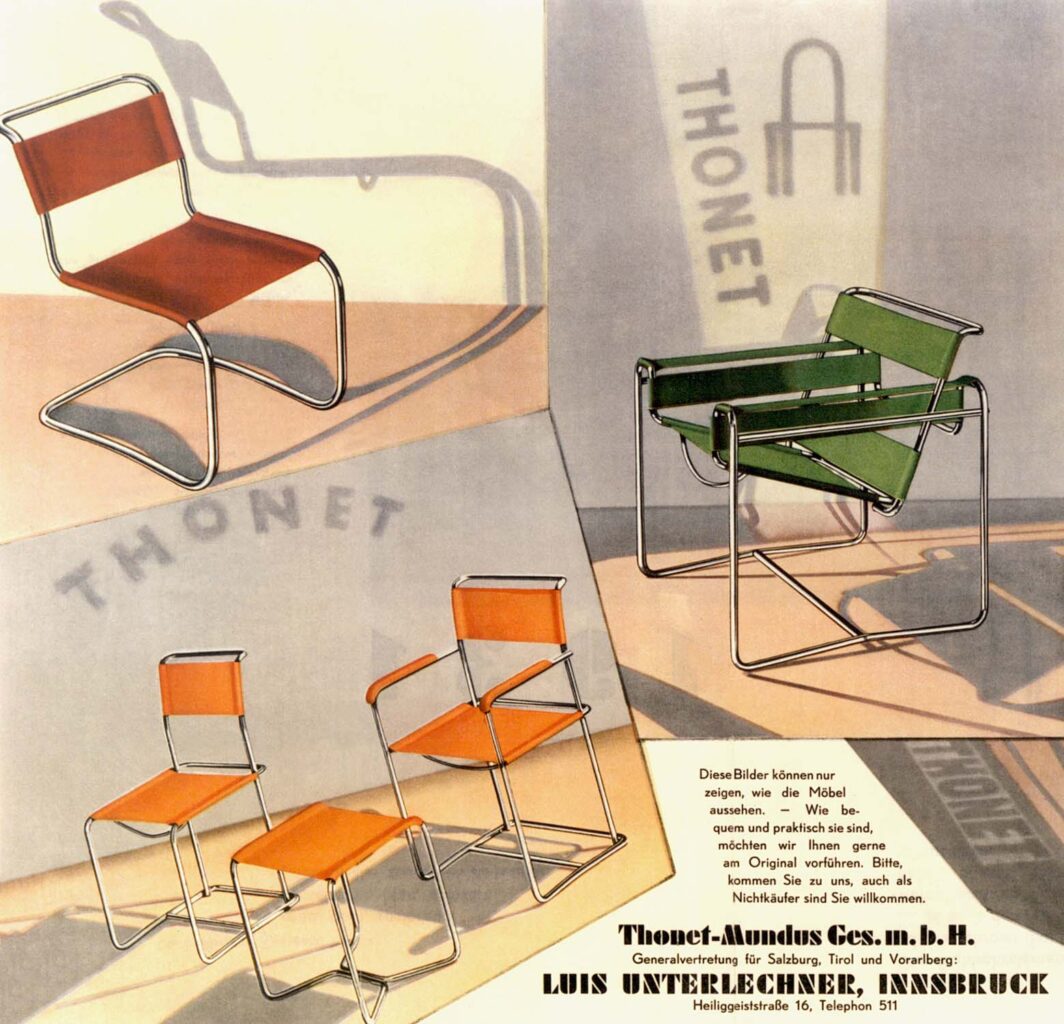
Mart Stam and the Goetheanum
On the night of December 31—less than two months after Mart and Leni Stam had arrived in Switzerland in the fall of 1922—the First Goetheanum went up in flames. It is unlikely that this news would have escaped the notice of anyone in Switzerland—the event was reported as far away as the New York Times (January 1, 1923 issue). So it’s possible that this was the moment Stam became aware of the Goetheanum and perhaps of anthroposophy. Might this have been the trigger for his later interest and legacy?
After some investigation, we uncovered another piece of the mystery surrounding the connection between Stam, anthroposophy, and the Goetheanum. We discovered that Mart Stam was not a member of the Anthroposophical Society, but, according to an oral communication from his daughter, Ariane Stam, he did attend lectures by Rudolf Steiner and was deeply moved by them. Therefore, it is likely that Stam came to know of Steiner during his first stay in Switzerland between 1923 and 1925. And interestingly, his daughter Ariane was a member of the Anthroposophical Society in the Netherlands.
According to a doctoral dissertation on Stam’s life written at the University of Amsterdam in 2016, Stam named the General Anthroposophical Society as the main heir to the Freischwinger in his will in 1982. However, another draft of his will exists that named a different foundation in Zürich as the heir. Legal proceedings ultimately decided in favor of the right of inheritance being granted to the General Anthroposophical Society.
For an architect with Stam’s youthful, experimental drive for innovation, it must have been an enormously impressive experience to have stood in front of the second Goetheanum in search of a new building style and new materials. He would never have guessed that his Freischwinger chair would be presented again, nearly one hundred years later in this very Goetheanum, in connection with the ecological path of development of biodynamic agriculture and the anthroposophical world movement.
Thus, perhaps it is possible to once again acknowledge and honor Stam’s legacy, and furthermore, by shedding light on Stam’s work and gift, to draw attention to one of the many possible portraits that give a face to the anthroposophical world movement in its practical implications and dimensions. With this initiative, we hope to bring the story of biodynamic, earth-based production of textiles and plant dyes one step further into the world.
To place a pre-order, email: freischwinger@goetheanum.ch
This special edition model will cost between €1500–2000 per chair. (The regular price for the standard Thonet S33 model starts at €1,344.70).
Translation by Joshua Kelberman
Cover image S33 oder Freischwinger by Thonet; Source: Thonet GmbH

